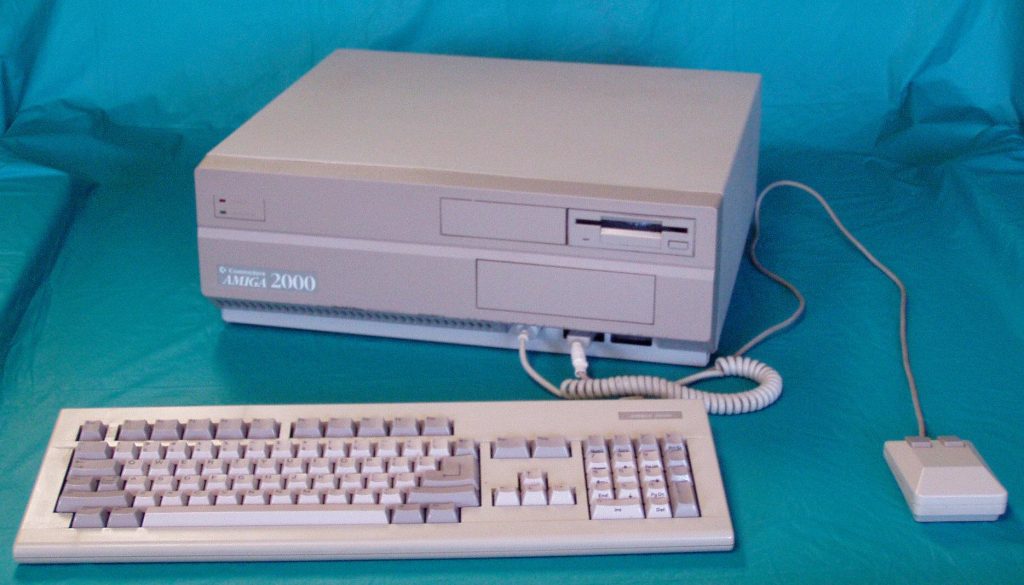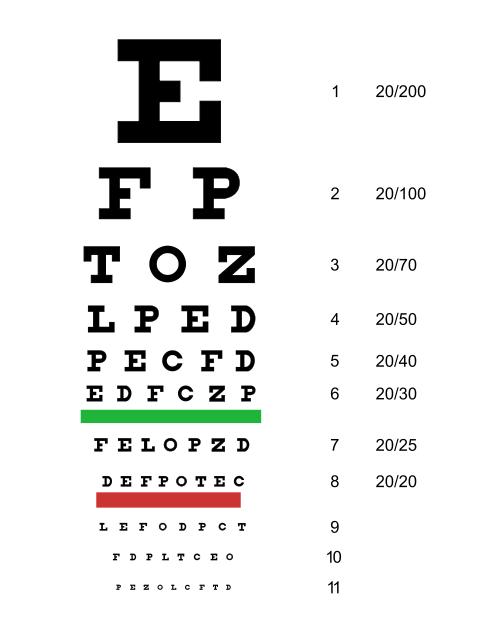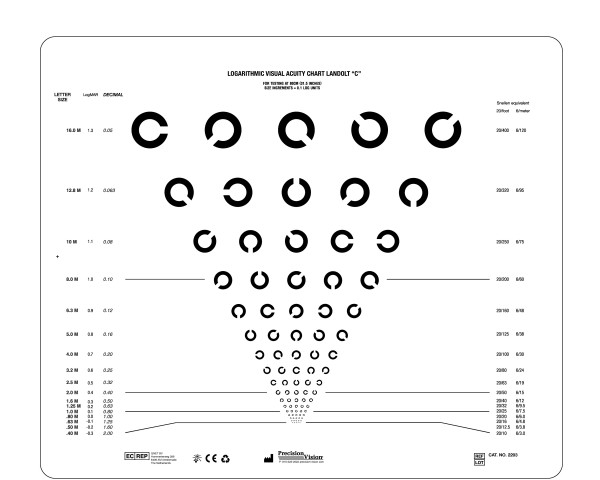
The purpose of a sail is to propel a boat or ship forward. It can be used figuratively, to describe mechanisms to propel a person through an educational system alive, and capable of making a social and economic contribution to the world after completing the education. For me, industrial arts was such a mechanism, as it allowed me to survive an academic education. Looking forward through time, I see an engineering workshop (and more specifically a mechatronics workshop located in Inderøy) as a mechanism to help the generation with many names (Gen Z/ iGen/ Plurals/ Post-millennials) to cope with the world’s current insanity.
Yes, it would be more professional to keep personal thoughts at a distance, and to look at a mechatronics workshop’s pedagogy from a theoretical point of view, with comments and statements supported by references to well formulated documents based on impeccable research.
Unfortunately, that is not how the real world works. Everything I’ve ever done related to workshop pedagogy, is based on reflections on a single personal experience. As a 13 year old, I decided to build my own boat, an 8 foot (2 400 mm) long Sabot dinghy, similar to a European Optimist dinghy. I made it alone, except for some help from my mother, who made the sail for the boat. Where did I get the self-confidence, which let me start and complete such a comprehensive project, at a relatively young age? The answer is, by taking industrial arts!
A note of thanks. The one person I would like to thank is Vincent Massey Junior High School guidance councilor Allen, who encouraged me, and suggested I build this specific boat. He also told me where I could get the plans (Valley Lumber). I believe they cost me $2 (NOK 12) in 1962. In case one thinks that my boat building skills are inherited, let me assure readers that I have never experienced my father making anything in his life, until he started to make rya rugs as an 80 year old. Yes, he could do some interior house painting, but he rarely repaired anything, and never made anything for the house. Both of my parents prioritized spending their free time out in nature. They were both fishers and hunters, and enjoyed collecting berries and mushrooms, and walking in the wilderness. My mother, who was ten years younger than my father, had a slightly different education, including home economics as a subject. She made a lot of different things, but in the realms of food and textiles.
Unlike my father, I had industrial arts at school, from the 7th to the 9th grade, before I chose electronics as a specialty from the 10th to 12th grade. The school system in British Columbia divided all teaching into seven subjects, all of which got exactly the same number of hours of instruction. Of the five hours that we received over a seven day period for industrial arts, one was once reserved for draughting/ drafting/ technical drawing. The other hours were either electricity and electronics, woodworking or metalworking. One worked with each subject area for about a third of the school year before we pupils were on to the next subject area.
Industrial arts is an educational program that includes the manufacture of wooden or metal objects using a variety of hand or machine tools. In addition, the subject could include other related subject such as electronics, house building, motor repairs and car maintenance. All programs usually had some form of technical drawing as part of the curriculum. Industrial art was reserved for boys. The girls got home economics which included some of the same educational principles, but with a focus on food and sewing. Home economics could be described as second class industrial arts, wrapped for girls!
As a pedagogical term, industrial art came on the scene in 1904 when Charles Russell Richards (1865 – 1936) from the college of teachers, Columbia University, New York suggested replacing manual training. The intention was for all children (or at least all boys in a gender-divided time) in all schools, to gain a wide range of technical skills rather than a single one that gave vocational training.
Most North American males born between 1920 and 1960 understood technical drawings, had used a lathe to make objects in both wood and metal, had wired a house. This is not the case today. Industrial arts ended with most of the gender-divided education in the late 1970s, early 1980s. Girls were finally allowed to fix cars, while the boys were allowed to learn how to cook.
The pedagogy used in Industrial Arts did not begin with Charles Russell Richards, but represents a tradition that can be traced back to Jean-Jacques Rousseau, Johann Pestalozzi, Friedrich Froebel, Edward Sheldon and John Dewey. These people are not unique to the history of industrial arts. Their names are invoked in many divergent subject areas.
Jean-Jacques Rousseau (1712-1778) is appreciated for the application of his educational theories in the classroom. He believed that knowledge was derived from nature, that reality was determined by gathering information through the senses and validating by building relationships, and that people learn gradually and constantly throughout life, and learn to do.
Johann Pestalozzi (1746 – 1827) He has several educational institutions in German and French speaking regions in Switzerland and wrote many works explaining his revolutionary modern education principles. His motto was “Learning the head, hand and heart”. Thanks to Pestalozzi became illiteracy in the 18th century Switzerland almost completely overcome by 1830. Pestalozzi is considered the first of Richard’s pedagogical predecessors, with an educational philosophy focused on the most effective ways of waking students’ ability to understand and process information. With this ability, young people could understand an ever changing world.
Friedrich Froebel (1782-1852) is recognized for establishing (in theory) the first kindergarten in 1837, and for taking into account early childhood needs in education: showing is better than telling. He was very concerned with activities or the activity plan that he felt would develop childhood creativity.
Edward Sheldon (1823 – 1897) founded the Oswego School of Education in 1861. Sheldon believed that the basics should be taught through objects, and students should build things that would benefit them in the classroom as they taught lessons. In 1886, Oswego had a form of manual training as a class under the supervision of the school’s janitor. Oswego became the first teaching school in the United States to teach manual training. Today, SUNY Oswego prepares students to become technology teachers.
John Dewey (1859-1952) believed that students should do (his term, but implying action) to trigger thoughts about what they are doing. Then they should think about what they have done, to stimulate learning. Dewey’s focus was on a methodology that began by identifying difficulties or problems and ending up synthesizing and coordinating knowledge and desires, resulting in the control and recreation of the external world. This is mainly the vision of the Industrial Arts movement. Dewey had a concern about the limitations of manual training. He thought that if the students were just doing something to make something and not to solve a problem, their thoughts would stop and boredom would develop. The learning process will stop.
So I’d like to pause and to reflect. The challenge with the American maker movement is political. Yes, even the term maker has been hijacked by a for-profit industry. While many view it as a continuation of the industrial arts movement, others are eager to look at it as new and different. The latter would like to have Ayn Rand (1905 – 1982) as inspiration. Debbie Chachra, in Why I am Not a Maker, warns us about it:
“A quote often attributed to Gloria Steinem says, ‘We have begun raising our daughters more like sons … but few have the courage to raise our sons more like our daughters.’ Creator culture, with the goal of giving everyone access to the traditional male culture of making, has focused on the first. But success means devaluing the traditional female domain for care by continuing to enforce the idea that only making things is valuable. Rather, I will see ourselves recognizing the teacher’s work, those who analyze and characterize and criticize, anyone who repairs things, all the others who do valuable work with and for others, above all the caregivers – whose work is not something you can put into a box and sell.” https://www.theatlantic.com/technology/archive/2015/01/why-i-am-not-a-maker/384767/
I suspect it is the Ayn Rand friendly people in the maker movement that promote Jean Piaget (1896 – 1980) as responsible for its educational philosophy. I’m not among these. Piaget’s most famous statement about constructivism, “Understanding is inventing” is really just the title of his 1973 book, To Understand is to Invent, an English translation of Ou va l’education (1971) and Le droit a l’education dans le monde actuel (1948). In short, the teacher’s role in constructivism is to create the conditions for invention rather than providing ready-made knowledge. But this statement had already been expressed by Richards in 1904, almost 70 years earlier.
The reason for Piaget’s favor probably has more with his influence in American computer science and artificial intelligence. One of Piaget’s students, Seymour Papert (1928 – 2016) used Piaget’s work while developing Logo along with Wally Feurzeig (1927 – 2013) and Cynthia Solomon (? -?). Alan Kay (1940 -) used Piaget’s theories as the basis for Dynabook system (and Smalltalk programming language) at the Xerox Palo Alto Research Center (Xerox PARC). The work resulted in the development of the Alto computer, which is the first computer with graphical user interface (GUI). Apple MacIntosh was constructed on the basis of Kay’s research at Xerox PARC.
In Norway, Piaget has had much less appeal than in the US, and much of his status as educator has been transferred to Lev Vygotsky (1896 – 1934). Vygotsky regarded people as cultural beings. He was concerned with the closest development zone (the proximal development zone) and laid the foundation for a socio-cultural learning perspective. There is a balance between what the child learns and what s/he needs of assistance. Lev Vygotsky is considered a social constructionist, where learning takes place in a social interaction between individuals.
One would almost believe that Industrial Arts has become an educational dinosaur. Since Ronald Reagan (1911 – 2004) became the US president in 1981, inequalities between US residents have only increased. The political prioritization of schools in North America has led schools to gradually lose their ability to teach costly practical subjects. This has led to practical skills being exercised over narrower and narrower fields.











